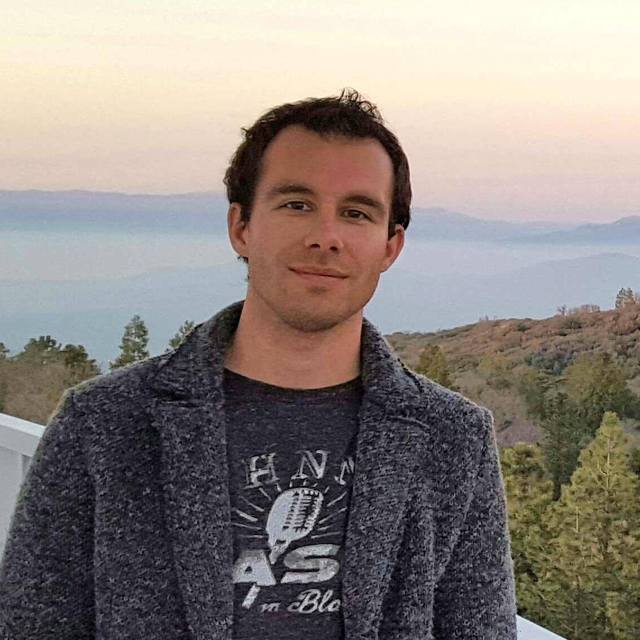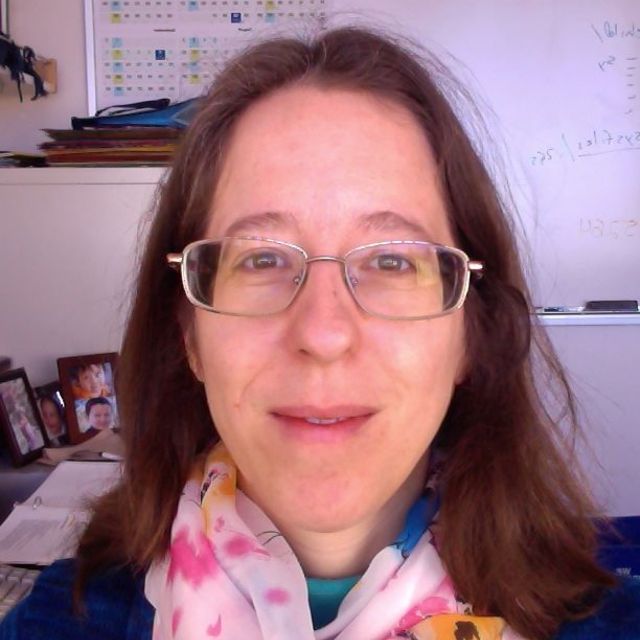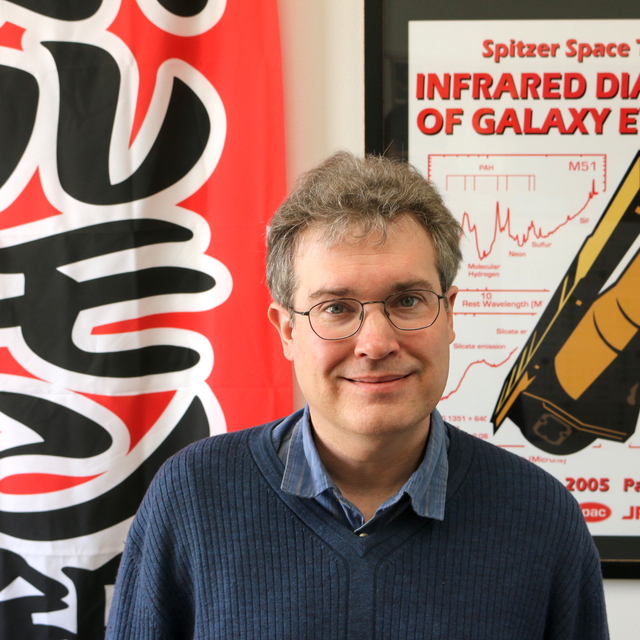February
2022
•
2022A&A...658A.126E
Authors
•
Euclid Collaboration
•
Moneti, A.
•
McCracken, H. J.
•
Shuntov, M.
•
Kauffmann, O. B.
•
Capak, P.
•
Davidzon, I.
•
Ilbert, O.
•
Scarlata, C.
•
Toft, S.
•
Weaver, J.
•
Chary, R.
•
Cuby, J.
•
Faisst, A. L.
•
Masters, D. C.
•
McPartland, C.
•
Mobasher, B.
•
Sanders, D. B.
•
Scaramella, R.
•
Stern, D.
•
Szapudi, I.
•
Teplitz, H.
•
Zalesky, L.
•
Amara, A.
•
Auricchio, N.
•
Bodendorf, C.
•
Bonino, D.
•
Branchini, E.
•
Brau-Nogue, S.
•
Brescia, M.
•
Brinchmann, J.
•
Capobianco, V.
•
Carbone, C.
•
Carretero, J.
•
Castander, F. J.
•
Castellano, M.
•
Cavuoti, S.
•
Cimatti, A.
•
Cledassou, R.
•
Congedo, G.
•
Conselice, C. J.
•
Conversi, L.
•
Copin, Y.
•
Corcione, L.
•
Costille, A.
•
Cropper, M.
•
Da Silva, A.
•
Degaudenzi, H.
•
Douspis, M.
•
Dubath, F.
•
Duncan, C. A. J.
•
Dupac, X.
•
Dusini, S.
•
Farrens, S.
•
Ferriol, S.
•
Fosalba, P.
•
Frailis, M.
•
Franceschi, E.
•
Fumana, M.
•
Garilli, B.
•
Gillis, B.
•
Giocoli, C.
•
Granett, B. R.
•
Grazian, A.
•
Grupp, F.
•
Haugan, S. V. H.
•
Hoekstra, H.
•
Holmes, W.
•
Hormuth, F.
•
Hudelot, P.
•
Jahnke, K.
•
Kermiche, S.
•
Kiessling, A.
•
Kilbinger, M.
•
Kitching, T.
•
Kohley, R.
•
Kümmel, M.
•
Kunz, M.
•
Kurki-Suonio, H.
•
Ligori, S.
•
Lilje, P. B.
•
Lloro, I.
•
Maiorano, E.
•
Mansutti, O.
•
Marggraf, O.
•
Markovic, K.
•
Marulli, F.
•
Massey, R.
•
Maurogordato, S.
•
Meneghetti, M.
•
Merlin, E.
•
Meylan, G.
•
Moresco, M.
•
Moscardini, L.
•
Munari, E.
•
Niemi, S. M.
•
Padilla, C.
•
Paltani, S.
•
Pasian, F.
•
Pedersen, K.
•
Pires, S.
•
Poncet, M.
•
Popa, L.
•
Pozzetti, L.
•
Raison, F.
•
Rebolo, R.
•
Rhodes, J.
•
Rix, H.
•
Roncarelli, M.
•
Rossetti, E.
•
Saglia, R.
•
Schneider, P.
•
Secroun, A.
•
Seidel, G.
•
Serrano, S.
•
Sirignano, C.
•
Sirri, G.
•
Stanco, L.
•
Tallada-Crespí, P.
•
Taylor, A. N.
•
Tereno, I.
•
Toledo-Moreo, R.
•
Torradeflot, F.
•
Wang, Y.
•
Welikala, N.
•
Weller, J.
•
Zamorani, G.
•
Zoubian, J.
•
Andreon, S.
•
Bardelli, S.
•
Camera, S.
•
Graciá-Carpio, J.
•
Medinaceli, E.
•
Mei, S.
•
Polenta, G.
•
Romelli, E.
•
Sureau, F.
•
Tenti, M.
•
Vassallo, T.
•
Zacchei, A.
•
Zucca, E.
•
Baccigalupi, C.
•
Balaguera-Antolínez, A.
•
Bernardeau, F.
•
Biviano, A.
•
Bolzonella, M.
•
Bozzo, E.
•
Burigana, C.
•
Cabanac, R.
•
Cappi, A.
•
Carvalho, C. S.
•
Casas, S.
•
Castignani, G.
•
Colodro-Conde, C.
•
Coupon, J.
•
Courtois, H. M.
•
Di Ferdinando, D.
•
Farina, M.
•
Finelli, F.
•
Flose-Reimberg, P.
•
Fotopoulou, S.
•
Galeotta, S.
•
Ganga, K.
•
Garcia-Bellido, J.
•
Gaztanaga, E.
•
Gozaliasl, G.
•
Hook, I.
•
Joachimi, B.
•
Kansal, V.
•
Keihanen, E.
•
Kirkpatrick, C. C.
•
Lindholm, V.
•
Mainetti, G.
•
Maino, D.
•
Maoli, R.
•
Martinelli, M.
•
Martinet, N.
•
Maturi, M.
•
Metcalf, R. B.
•
Morgante, G.
•
Morisset, N.
•
Nucita, A.
•
Patrizii, L.
•
Potter, D.
•
Renzi, A.
•
Riccio, G.
•
Sánchez, A. G.
•
Sapone, D.
•
Schirmer, M.
•
Schultheis, M.
•
Scottez, V.
•
Sefusatti, E.
•
Teyssier, R.
•
Tubio, O.
•
Tutusaus, I.
•
Valiviita, J.
•
Viel, M.
•
Hildebrandt, H.
Abstract
•
We present a new infrared survey covering the three Euclid deep fields and four other Euclid calibration fields using Spitzer Space Telescope's Infrared Array Camera (IRAC). We combined these new observations with all relevant IRAC archival data of these fields in order to produce the deepest possible mosaics of these regions. In total, these observations represent nearly 11 % of the total Spitzer Space Telescope mission time. The resulting mosaics cover a total of approximately 71.5 deg2 in the 3.6 and 4.5 μm bands, and approximately 21.8 deg2 in the 5.8 and 8 μm bands. They reach at least 24 AB magnitude (measured to 5σ, in a 2″.5 aperture) in the 3.6 μm band and up to ∼5 mag deeper in the deepest regions. The astrometry is tied to the Gaia astrometric reference system, and the typical astrometric uncertainty for sources with 16 < [3.6]< 19 is ≲0″.15. The photometric calibration is in excellent agreement with previous WISE measurements. We extracted source number counts from the 3.6 μm band mosaics, and they are in excellent agreement with previous measurements. Given that the Spitzer Space Telescope has now been decommissioned, these mosaics are likely to be the definitive reduction of these IRAC data. This survey therefore represents an essential first step in assembling multi-wavelength data on the Euclid deep fields, which are set to become some of the premier fields for extragalactic astronomy in the 2020s.
Links







